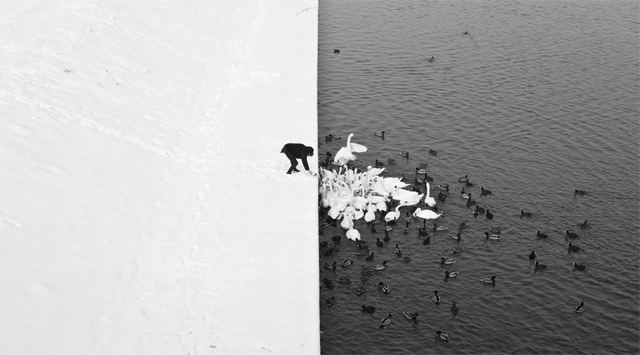As people approach midlife, the days of youthful exploration, when life felt like one big blind date, are fading. Schedules compress, priorities change and people often become pickier in what they want in their friends.
No matter how many friends you make, a sense of fatalism can creep in: the period for making B.F.F.’s, the way you did in your teens or early 20s, is pretty much over. It’s time to resign yourself to situational friends: K.O.F.’s (kind of friends) — for now.
But often, people realize how much they have neglected to restock their pool of friends only when they encounter a big life event, like a move, say, or a divorce.
In studies of peer groups, Laura L. Carstensen, a psychology professor who is the director of the Stanford Center on Longevity in California, observed that people tended to interact with fewer people as they moved toward midlife, but that they grew closer to the friends they already had.
Basically, she suggests, this is because people have an internal alarm clock that goes off at big life events, like turning 30. It reminds them that time horizons are shrinking, so it is a point to pull back on exploration and concentrate on the here and now. “You tend to focus on what is most emotionally important to you,” she said, “so you’re not interested in going to that cocktail party, you’re interested in spending time with your kids.”
The workplace can crackle with competition, so people learn to hide vulnerabilities and quirks from colleagues, Dr. Adams said. Work friendships often take on a transactional feel; it is difficult to say where networking ends and real friendship begins.
Differences in professional status and income also complicate matters.
Once people start coupling up, the challenges only increase. Making friends with other couples “is like matchmaking for two,” said Kara Baskin, a journalist who works in Boston.
Adding children to the mix muddles things further. Suddenly, you are surrounded by a new circle of parent friends — but the emotional ties can be tenuous at best […]
External factors are not the only hurdle. After 30, people often experience internal shifts in how they approach friendship. Self-discovery gives way to self-knowledge, so you become pickier about whom you surround yourself with, said Marla Paul, the author of the 2004 book “The Friendship Crisis: Finding, Making, and Keeping Friends When You’re Not a Kid Anymore.” “The bar is higher than when we were younger and were willing to meet almost anyone for a margarita,” she said.
Having been hardened by experience, many people develop a more fatalistic view of friendship.
By that point, you have been through your share of wearying or failed relationships. You have come to grips with the responsibilities of juggling work, family and existing friends, so you become more wary about making yourself emotionally available to new people. “You’re more keenly aware of the downside,” said Mr. Koppelman, 46. “You’re also more keenly aware of your own capacity to disappoint.”
“I haven’t really changed my standards for what it means to actually be friends,” he concluded. “It’s just that I use the word ‘friends’ more loosely. Making the real kind, the brother kind, is much harder now.”








